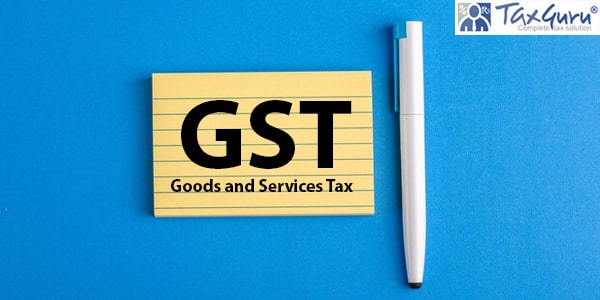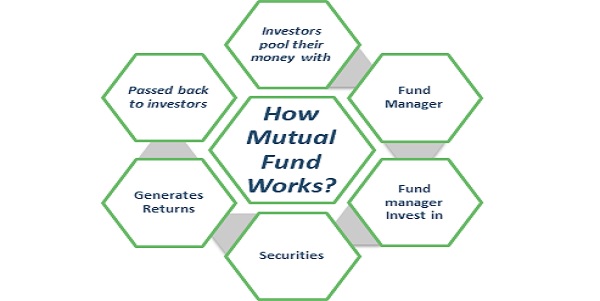Goods and Services Tax (GST) introduced to the Indian economy to bring a new regime of business compliance by subsuming most of the indirect taxes such as excise, VAT, service tax etc. In order to minimize the tax compliances for Start-ups and Small and Medium Enterprises, the government has introduced the concept of Composition levy under GST.
At present, the following goods are not liveable to Goods and Service Tax:
- Petroleum Crude
- High-Speed Diesel
- Motor Spirit
- Natural Gas
- Aviation Turbine Fuel
- Alcohol for Human Consumption
Understanding Composition Scheme under GST
Composition scheme under GST is a taxation mechanism designed for small businesses with an aggregate turnover of less than Rs. 100 lakhs (less than 75 lakhs for North Eastern states). A taxable person who is registered under this scheme is called composition taxable person, and have to pay tax at the predetermined fixed rate. This scheme was introduced with the objective of making tax compliance simpler and cost-effective for the taxpayers.
Who are eligible for Composition Scheme in GST
Specified businesses with an aggregate turnover of less than Rs. 100 lakhs (less than 75 lakhs for North Eastern states) are eligible to opt composition in GST within their own state.
However, the scheme restricts the following person from availing the composition scheme:
- A Person engaged in the supply of service
- A Person supplying exempted goods only
- A person involved in the inter-state supply of goods
- E-commerce operators
- A non-resident taxable person or a Casual taxable person
- Producer of ice-cream, pan masala and tobacco & tobacco substitute
Various rules in composition scheme of GST
- A taxable person opted for composition scheme cannot avail the Input Tax Credit. As per the provisions contained under section 16, those goods and services on which GST under Composition scheme has been paid do not qualify for ITC i.e. Input Tax Credit
- A composition taxable person can make intra-state supply goods only. i.e., those who supply goods within a state can only avail the benefit of this scheme. Supplier making Inter-state suppliers will fall under regular GST laws.
- Where goods or services are procured from an unregistered supplier by the composition taxable person, then he shall be liable to pay tax on such supplies under reverse charge Mechanism.
- Where a taxpayer has different segments of business (such as pharmacy, electronics, groceries, etc.) under the same PAN, the taxpayer should register all such business under the scheme collectively or opt out of the composition scheme.
- The composition taxable person has to indicate the word ‘composition taxable person’ on every notice or signboard shown prominently at their principal place of business or additional place of business.
- The words ‘composition taxable person, not eligible to collect tax’ has to be mention on each bill of supply supplied by the composition taxable person.
The rate of Composition Scheme under GST
The Composition scheme rate under GST shall not be exceeded:
- In case of manufacturers, 0.5% of the turnover in State or turnover in Union Territory
- In case of a person engaged in making supplies of food and drink for human consumption (other than alcoholic liquor for human consumption), the rate is 2.5%.
- In the case of other suppliers, the rate of tax is 0.5%.
However, the above-mentioned rates are only in respect of CGST Act, the equivalent rates are prescribed under the SGST/UTGST Act. Therefore, the effective rates would be 5% for the supplier making the supply of food etc., 1% for manufacturers and 1% in case if other suppliers.
How to apply for GST composition scheme?
When a taxable person wishes to opt for composition scheme under the GST, he should file the application with the tax authorities at the beginning of the financial year (1st April). The registration process under GST is a PAN-based process.
The registration process under GST is divided into 2 categories:
1.Where a taxable person registering under GST for the first time
In this case, the taxable person should file FORM GST REG-01. He should file all the information and select “Registration as a composite business owner” option under Section 10 in Part B of the form.
2.Where a taxable person already registered under GST
When a taxable person switches from normal provisions to the composition scheme under the GST, it required to pay an amount equal to the input tax credit is available as input tax credit. The calculation of the payable input tax credit will be on the basis of the amount of input materials, semi-finished and finished goods held in stock.
The registered person will require to file FORM GST CMP-02 in order to register under the composition scheme. Apart from this, he shall also furnish details of Input Tax Credit in FORM GST ITC-3 in respect of inputs, semi-finished or finished goods (within 60 days from the commencement of the financial year) held in stock.
Invoicing Rules under composition scheme GST
Every registered taxable person under the composition shall mention the words- “composition taxable person, not eligible to collect tax on supplies” at the top of the bill of supply issued by him. The rationale behind this compulsion is that the composite taxpayer is ineligible to collect tax from his buyer. The composition taxable person shall be liable to pay tax on the supplies made by him at the special rates decided for the composition taxable person.
Returns under composition scheme
Under the normal provisions of GST, a registered person is required to file 3-4 returns on a monthly basis. On the contrary, a composition taxpayers person will be required to file a GST return once every quarter. GSTR 4 is required to be filed by 18th of the month following the relevant quarter.
In addition to this, a registered person under the composition scheme is required to file the first GST return for the period beginning from the date on which he becomes a composition taxable person till the end of the quarter in which the registration has been granted. Apart from this, an annual return GSTR 9A is also required to be furnished by the 31st December of the next financial year.























28th GST Council meeting has Proposed to increase the upper limit for Composition Scheme to 1.5 Crore is this understanding is correct?
dear sir, please tell me about composition gst rate for restaurant.
Thanks for details information about composite scheme of GST, i would like to have similar details for GTA, who are holding transport business and individual holding single vehicle.